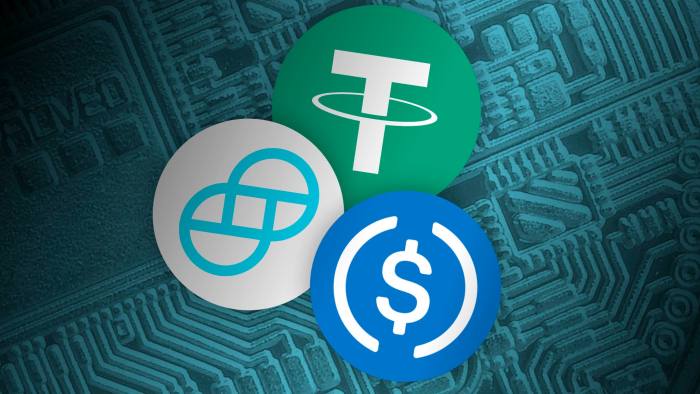Price volatility is a major problem with most cryptocurrencies. For this reason, many do not want to invest in this virtual currency. However, recently a sub-category of coins called Stablecoin has been designed which is able to maintain a fixed value. Bitcoin lost nearly a third of its value in just eight days as the cryptocurrency’s price plunged last week. Stablecoins were supposed to be immune to the impact of this market downturn. But an unexpected fall in the fourth-largest stablecoin, TerraUSD, broke the 1:1 dollar peg. This means that a stablecoin cannot fetch $1 after the previous crash. Naturally, this sudden drop has investors eyeing the coin. This report discusses Stablecoins in detail.
What is a Stablecoin?
Some cryptocurrencies tend to be volatile most of the time. Their value increases or decreases at very short intervals. Hence Stablecoins are designed to provide investors with a stable and secure space
Stablecoins attempt to maintain a fixed exchange rate with fiat currencies, via a 1:1 US dollar peg.
How important are Stablecoins?
According to data from CoinMarketCap, stablecoins have a market cap of around $170 billion, making them a relatively small share of the overall cryptocurrency market. The current value of this cryptocurrency market is around 1.2 trillion USD.
Stablecoins have grown in popularity recently. Tether, the largest Stablecoin, has a market cap of around $80 billion. At the beginning of 2020, the market cap of this coin was only 4.1 billion USD.
According to CoinMarketCap, the world’s second largest stablecoin USD coin has a market cap of USD 49 billion. However, it is very difficult to find specific usage information for stablecoins. This coin plays an important role for cryptocurrency traders.
The US Federal Reserve released its biannual Financial Stability Report on Tuesday. According to this report, the use of stablecoins to facilitate leveraged trading in cryptocurrencies is increasing.
Since 2018, stablecoins have been used as a way to avoid capital controls in international trade, said Joseph Edwards, head of financial strategy at crypto firm Solrise. He also said that the stablecoin Tether is used for trading around China and South America.
How do Stablecoins work?
There are mainly 2 types of stablecoins. Stablecoins and other crypto tokens backed by reserves consisting of fiat currencies, bonds, commercial paper.
Leading stablecoins such as Tether, USD Coin and Binance are USD reserve-backed. They hold sufficient dollar-denominated assets, maintaining an exchange rate of 1:1.
The companies say that some of their stablecoins can always be exchanged for one dollar. Asset-backed stablecoins have come under pressure in recent years to be transparent about what they have in reserve and whether they have enough dollars to back up all digital currencies.
Meanwhile TerraUSD is an algorithmic stablecoin. It means it has no reserve. Controlling their supply involves swapping the TerraUSD currency with a free-floating cryptocurrency called Luna, which is an extremely complicated process.
How can Stablecoins make losses?
Investors have lost faith in Luna amid a massive downturn in the cryptocurrency market. As a result, TerraUSD’s stabilization process was halted this week and the coin’s price dropped by around 30 cents as a result.
Asset-backed stablecoins should remain stable despite market shocks. But Tether also broke 1:1 on Thursday for the first time since 2020, falling below about 95 cents. Tether has tried to reassure its investors and stated on its website that investors can still repurchase their tokens at a 1:1 rate.
What do the regulators say?
Regulators are trying to establish rules for the global cryptocurrency market. But many see stablecoins as a challenge to financial stability. For example, if a large number of investors suddenly start cashing stablecoins for dollars, that is a danger signal for the economy!





